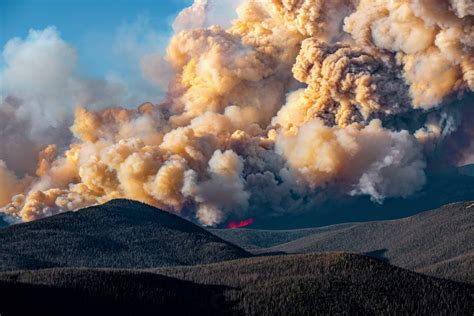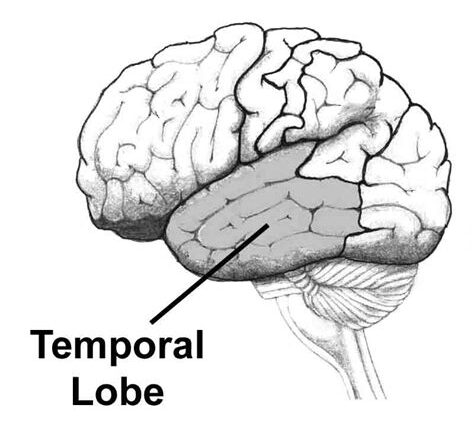Have you ever thought about how something as simple as air conditioning could impact your health during a wildfire? Well, a recent study has shed light on this very issue, revealing that individuals with limited access to air conditioning might face a higher risk of needing emergency care after being exposed to wildfire smoke.
According to researchers from the Boston University School of Public Health (BUSPH), exposure to fine particle matter (PM2.5) from wildfire smoke in California is linked to increased rates of emergency department visits for various health issues, including respiratory diseases. The study found that this risk was even more pronounced among those living in areas where access to air conditioning was scarce.
Imagine this: firefighters in Southern California battling multiple fierce wildfires like the Palisades fire, which is believed to be one of the largest and most destructive blazes in Los Angeles County’s history. While these brave individuals fight the flames, residents are advised by health experts to use air conditioners or air purifiers if they have them. However, not everyone has easy access to these cooling devices.
Dr. Jennifer Stowell, the lead author of the study and a research scientist at BUSPH specializing in climate and health, highlighted the importance of understanding how air conditioning can affect our health amidst escalating wildfire risks. She emphasized that different types of air conditioning systems and filters could play a crucial role in mitigating the impact of smoke exposure on our well-being.
“Depending on the type of system and filter used, air conditioning may modify the impact of smoke exposure on human health,”
Dr. Stowell explained. She stressed that as wildfires become more frequent and intense due to climate change, it is imperative to explore ways to improve access to air conditioning for vulnerable communities.
In their research, Dr. Stowell and her team analyzed over 50,000 emergency department visits during California’s wildfire seasons from 2012-2019 using healthcare claims data nationwide. They discovered that people living in areas with limited availability of air conditioning had a significantly higher risk of visiting the emergency room for respiratory conditions caused by wildfire smoke exposure.
The findings underscored the need for comprehensive strategies to address the disparities in air conditioning access and protect populations at risk from inhaling harmful pollutants during wildfires. As urban areas expand into wildland spaces known as Wildland-Urban Interface (WUI), where human activities intersect with fire-prone environments, there is a growing urgency to safeguard public health against smoke-related hazards.
Dr. Stowell cautioned about ‘WUI fires,’ which pose unique dangers due to burning structures releasing toxic substances into the atmosphere alongside natural fuels like vegetation. With climate change exacerbating extreme weather patterns such as severe winds fueling out-of-season fires like those currently ravaging LA County, she emphasized the critical role of residential air conditioners as tools for filtering out particulate matter.
So how effective are residential air conditioners at removing harmful particles like PM2.5? Dr. Stowell pointed out that High-Efficiency Particulate Air (HEPA) filters are highly efficient but costly compared to fiberglass or pleated filters which offer varying levels of protection against particulate matter infiltration indoors based on their Minimum Efficiency Reporting Value (MERV) rating.
The study’s senior author Dr. Gregory Wellenius stressed that policymakers should prioritize educating homeowners about filter ratings’ significance in safeguarding their health during wildfire seasons—especially crucial for communities residing in high-risk areas prone to recurrent smoky conditions
As wildfires continue posing significant threats worldwide, it becomes increasingly essential for governments at all levels – local and state -to formulate proactive plans aimed at reducing public vulnerability before disaster strikes again.
Stories like these remind us that sometimes solutions can be right under our noses – or rather above our heads! Who knew that turning on your trusty old AC could potentially save you from more than just summer heat waves? A cool breeze might just be what stands between you and a trip down an overcrowded ER lane!











Leave feedback about this